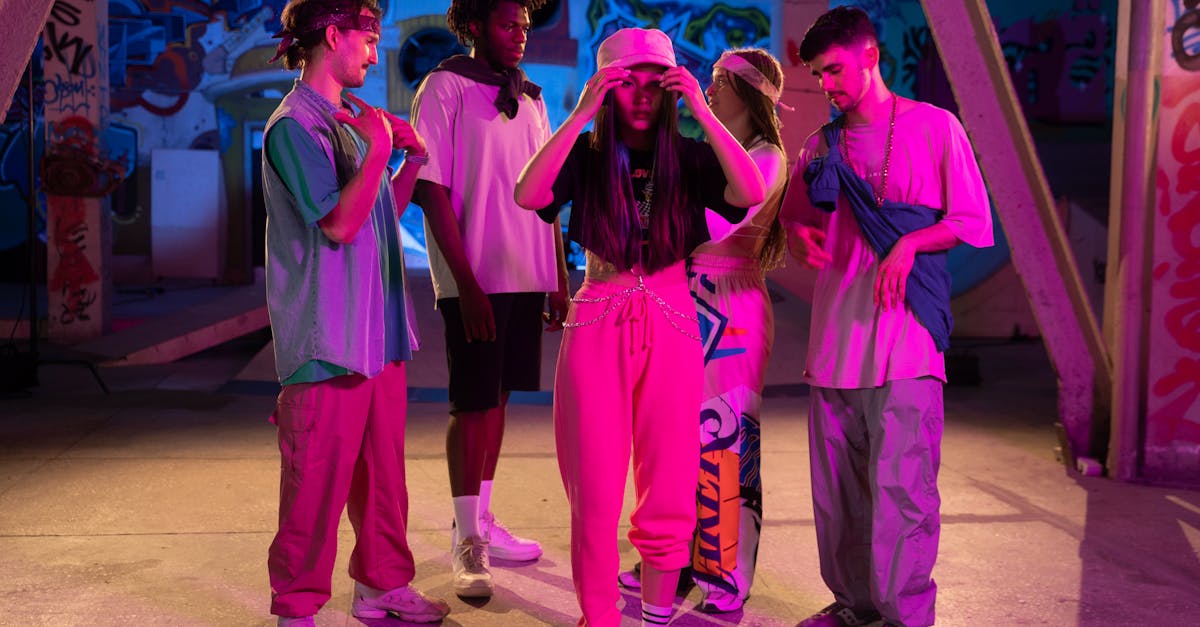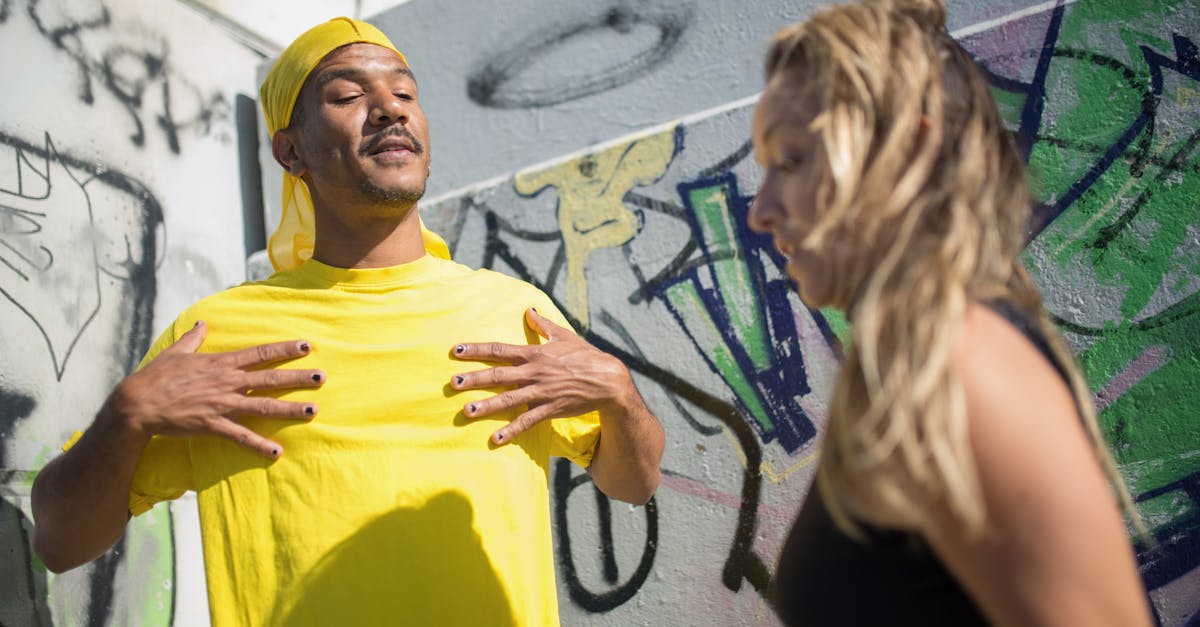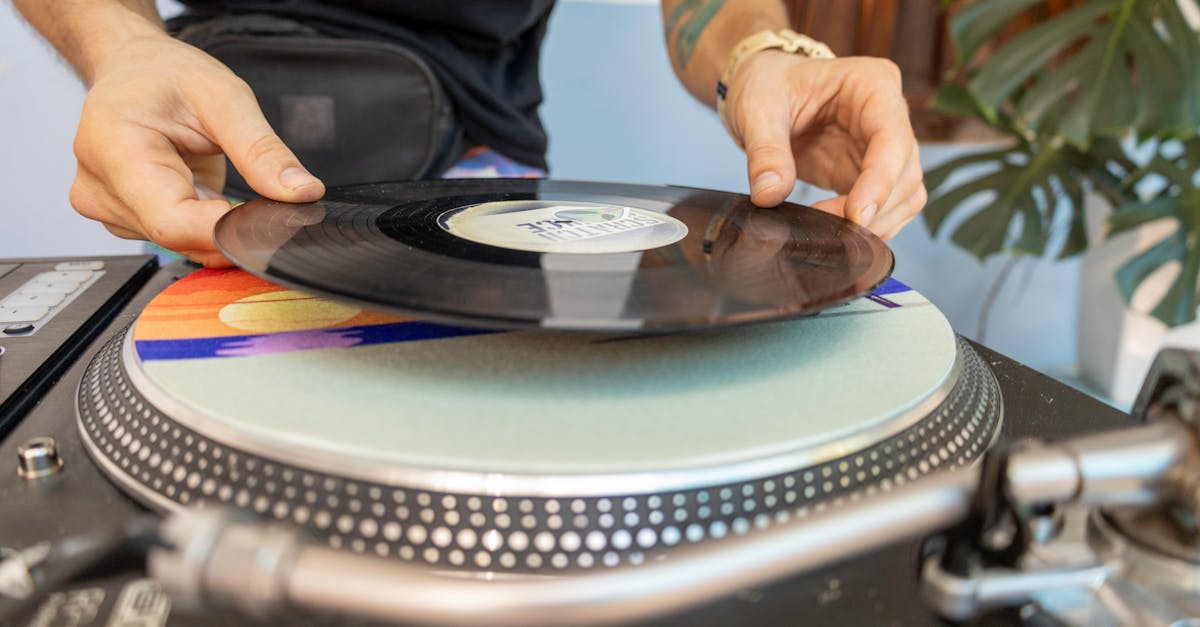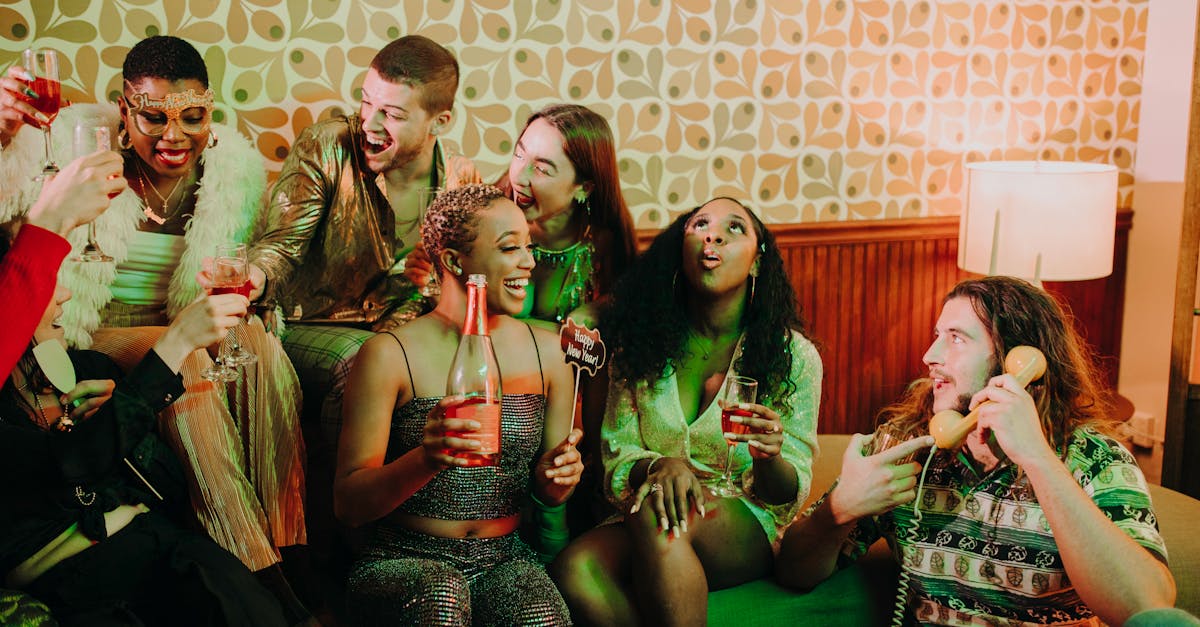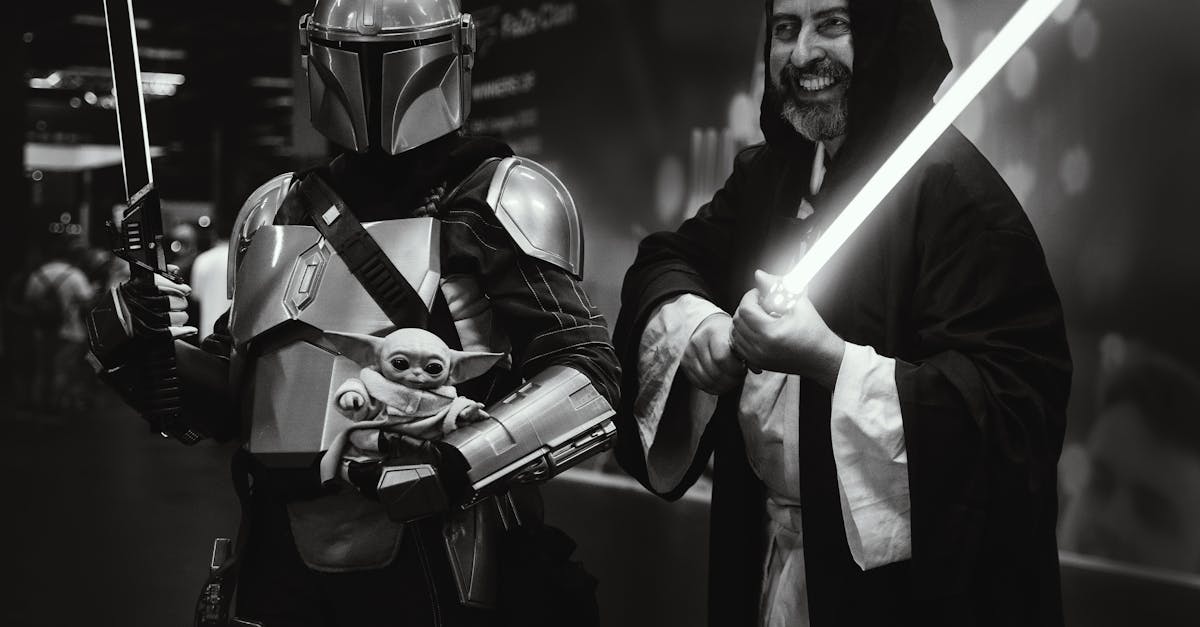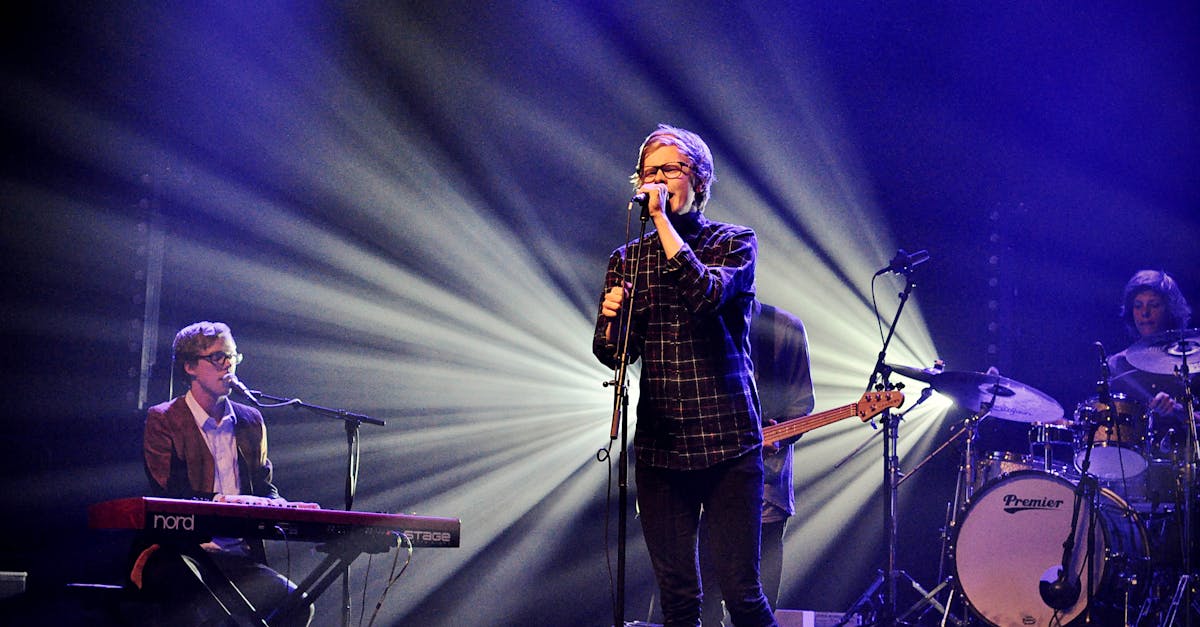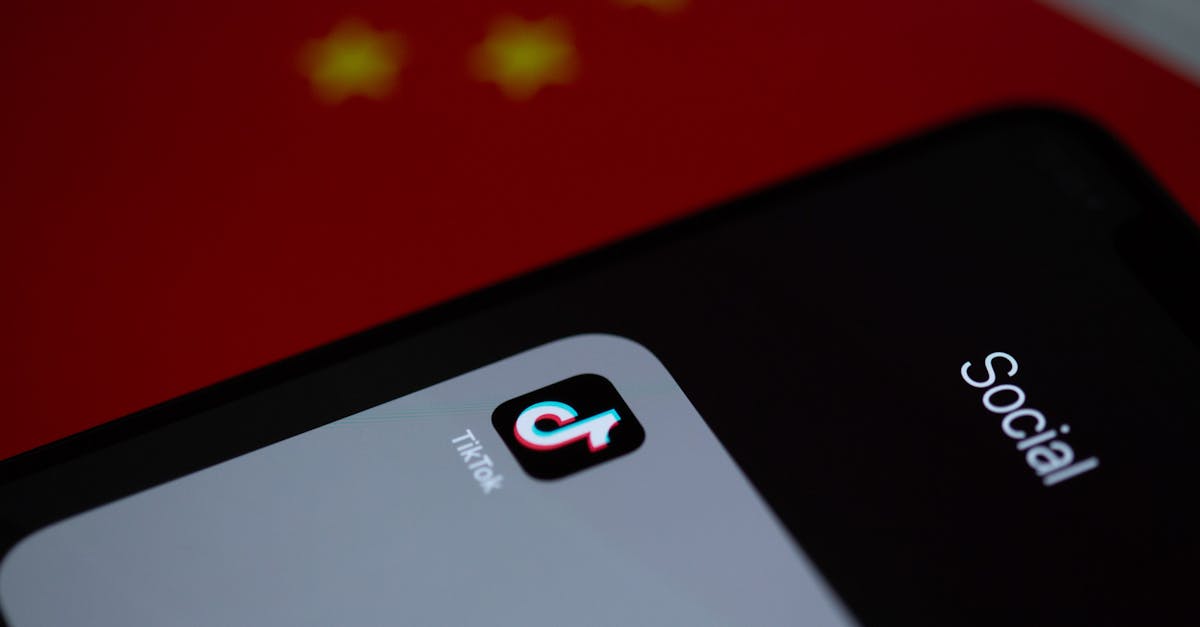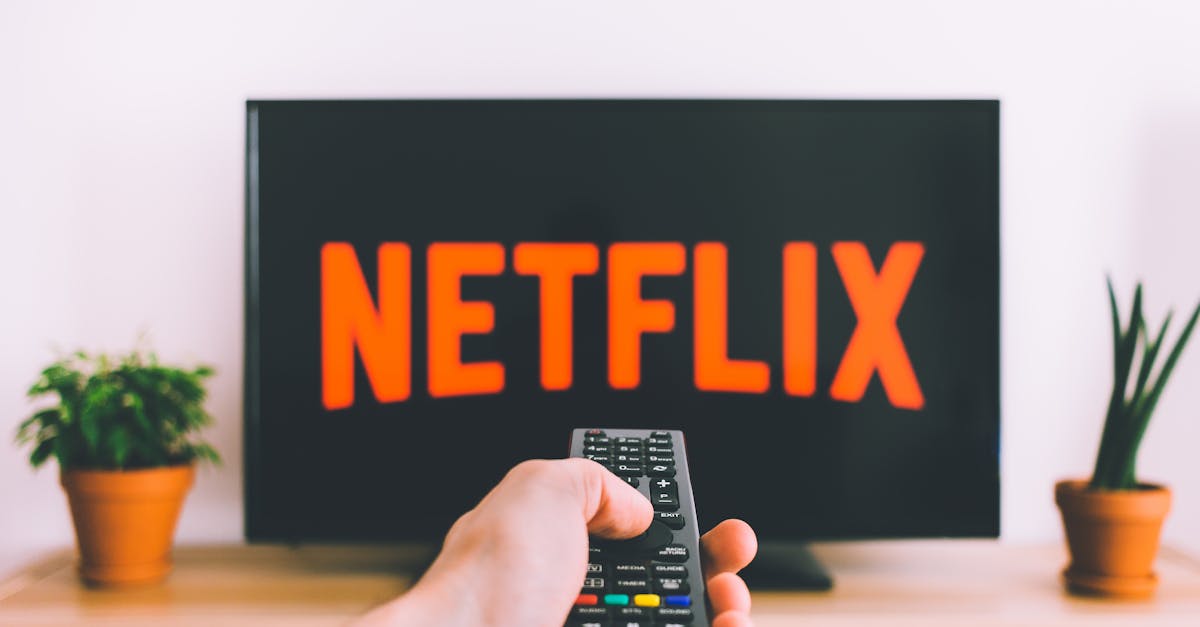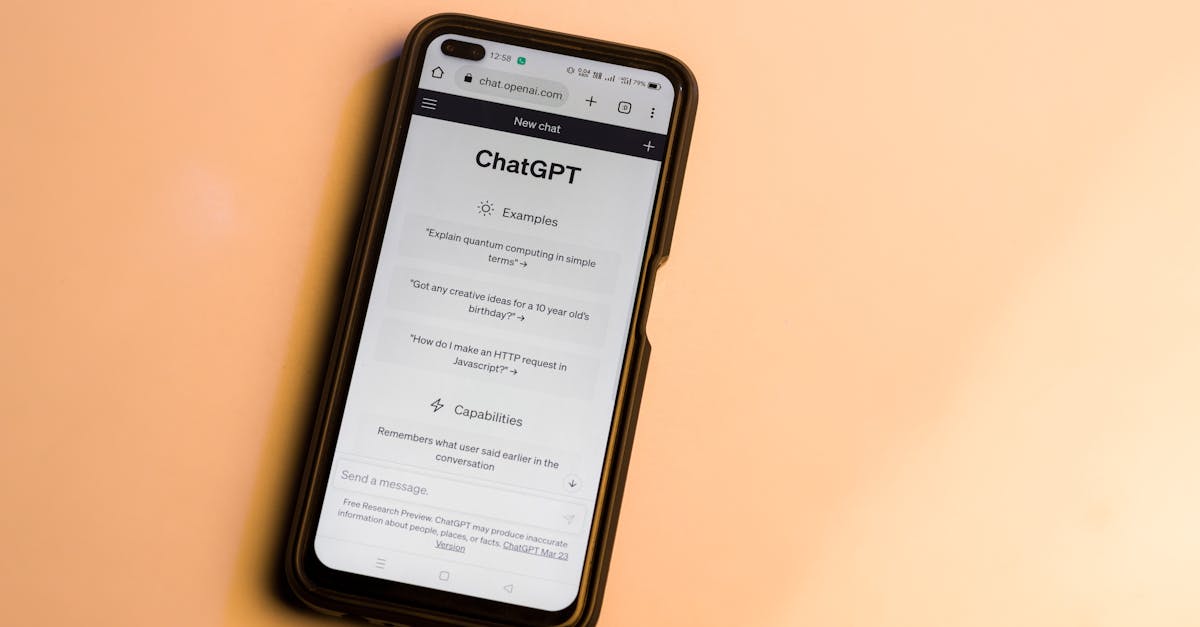The Evolution of Urban Groove Vibes
Introduction
Urban groove vibes have long been a heartbeat within the city life, taking form in diverse music genres and street cultures. This cultural wave has been an expression of identity and creativity, rooted deep in the bustling streets of major cities across the globe. But what exactly fuels this transformative trend, and how has it evolved over the years? From its early grassroots in hip-hop and jazz to its modern-day reincarnation in electronic and R&B music, urban groove is ever-changing, constantly adapting to reflect societal shifts. As we delve into this fascinating topic, we will explore the trajectory, influences, and cultural significance of this vibrant movement. Let’s embark on a rhythmic journey to discover what makes urban groove vibes a source of inspiration and transformation for millions.
Advertisement
The Birth of Urban Groove
The evolution of urban groove vibes can be traced back to the late 20th century, burgeoning in the heart of big cities like New York, Chicago, and Detroit. This cultural phenomenon grew out of a blend of African American musical forms, rooted in the soul of jazz, the grit of blues, and the spirit of funk. These early influences laid the foundation for hip-hop—a revolutionary music style that intertwined rhythmic beats and lyrical storytelling. Hip-hop's rise in the 1970s and 1980s signified a new cultural epoch, as artists used music as a tool for activism and social commentary. With its raw energy and street credibility, hip-hop soon became synonymous with urban culture, setting the stage for a larger movement that would transcend genre and geography.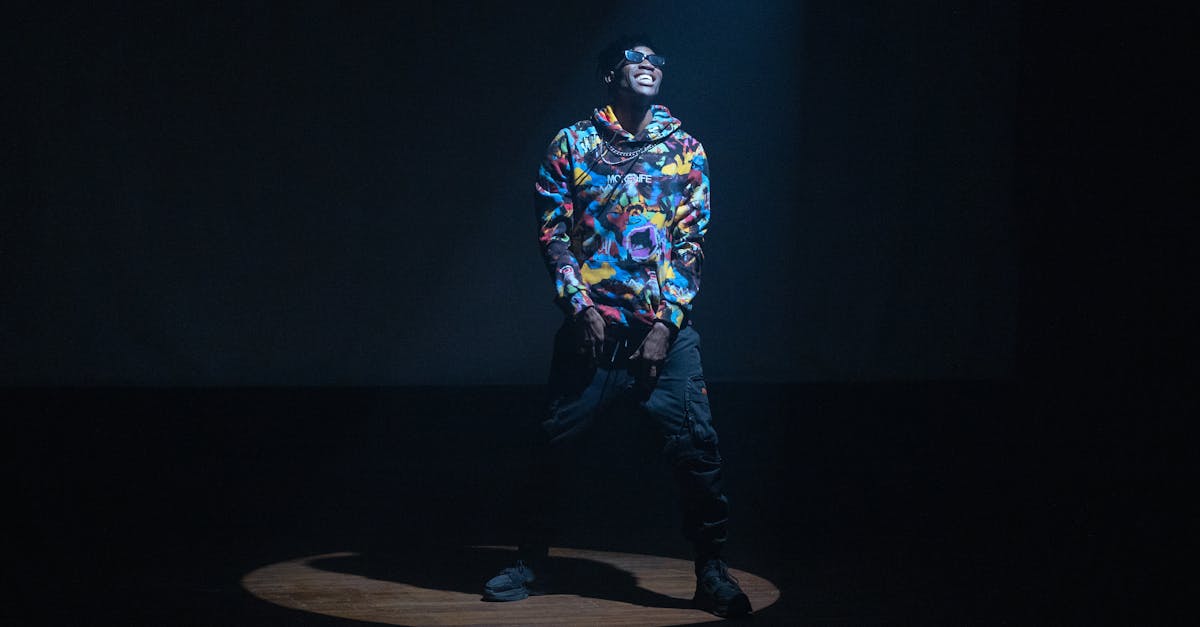
Advertisement
Technological Influence
As the groove evolved, technology began playing an unprecedented role in its expansion. The introduction of synthesizers and drum machines in the music industry allowed for innovative sound-making, giving rise to new urban genres like techno and house music. Electronic music, with its digital beats and loops, became an integral part of the urban groove, showcasing creativity without borders. This technological boom fostered worldwide collaborations, allowing artists to share and remix each other's work effortlessly. Streaming platforms further democratized access to urban grooves, connecting global audiences with their favorite sounds at the click of a button. These advancements enabled a new generation of artists to transcend physical limitations and claim their space within the urban groove narrative.
Advertisement
The Fusion of Genres
Urban groove vibes have thrived on the fusion of different genres, reflecting the multiculturalism inherent in city life. The blend of hip-hop beats with reggae rhythms, or electronic styles with jazz improvisations, has resulted in a sonic melting pot from which fresh new sounds continuously emerge. This genre-blurring has seen the birth of unique hybrids like lo-fi hip-hop and neo-soul, each respectfully channeling the emotional and vibrant elements of their predecessors. Artists across the globe have embraced these cross-cultural influences, redefining the rules of rhythm and proving that music can be a universal language. This ever-evolving fusion is a testament to the dynamic spirit of urban groove, celebrating both legacy and innovation.
Advertisement
Cultural Movement and Fashion
More than just a musical experience, urban groove vibes are part of a larger cultural landscape that includes art, fashion, and dance. In the world of streetwear, the style has been shaped by the very same communities that birthed the music, with baggy jeans, hoodies, and sneakers becoming fashion staples. Graffiti art, often seen as the visual counterpart of urban music, adds color and commentary to cityscapes worldwide. Dance styles like breakdancing and popping draw directly from groove music's rhythmic pulse, extending its influence beyond auditory boundaries. These cultural aspects amplify the music's message, fostering an inclusive environment that celebrates diversity and creativity within urban settings.
Advertisement
Social Commentary and Resistance
Throughout its evolution, urban groove has served as a powerful voice for social change. From its inception, artists have used rhythm and lyrics to critique societal injustices, provide commentary on urban life, and navigate personal struggles. Tracks often tackle themes of race relations, economic inequality, and political unrest, making groove music a vessel for empowerment and resistance. Artists like Kendrick Lamar and Janelle Monáe continue this tradition, blending magnetic grooves with impactful narratives that resonate with listeners worldwide. The power of urban groove lies in its ability to address real-world issues, serving both as a mirror reflecting societal dynamics and a catalyst for change.
Advertisement
Urban Groove in the Digital Age
With the advent of social media, urban groove has found new ways to spread its influence. Platforms like TikTok and Instagram have become catalysts for discovering and promoting rising talents, growing communities of groove enthusiasts globally. Viral dance challenges and live-streamed jam sessions have created interactive opportunities for fans and artists to connect, crossing borders through a shared appreciation of rhythmic beats. The digital landscape has also opened doors for greater creativity, as producers experiment with cutting-edge soundscapes and innovative collaborations. In this digital era, urban groove continues to thrive, pushing aesthetic and musical boundaries while inviting new audiences to explore its diverse tapestry.
Advertisement
The Global Impact of Urban Groove
Urban groove vibes have transcended cultural and geographical boundaries, becoming a worldwide phenomenon. Cities across the globe have embraced their own interpretations of urban groove, while iconic music festivals like Glastonbury and Coachella showcase the broad appeal and impact of these rhythms. In countries as diverse as Brazil and South Korea, artists infuse local sounds with urban grooves, resulting in a rich diversity that reflects the movement's international reach. At its heart, urban groove is about connection, storytelling, and expression, making it accessible and relatable to audiences regardless of their background. The global influence of urban groove continues to grow, bridging divides and creating cultural conversations that celebrate our shared humanity.
Advertisement
Challenges and Continued Evolution
While urban groove thrives, it faces challenges in preserving authenticity and ensuring inclusivity. Commercialization of the movement sometimes dilutes its original intent, with corporatism threatening to overshadow artistic freedom. Additionally, the question of ownership and cultural appropriation has resulted in debates about representation and credit. However, the resilience of the urban groove community continues to pave the way for authentic, grassroots artistry. New voices emerge, pushing the boundaries of rhythm and groove, ensuring the cultural movement stays relevant and meaningful in the modern age. Urban groove's continued evolution depends on maintaining its roots while fostering diverse voices that contribute to its rich tapestry.
Advertisement
Conclusion
Urban groove vibes, with their dynamic energy and diverse influences, remain a cornerstone of artistic expression within city life. From its humble beginnings to its global reach, the evolution of urban groove highlights the power of rhythm as a connector and storyteller. As music technology and digital platforms reshape the landscape, the movement's adaptability ensures that it will continue to thrive and inspire. Urban groove is more than just a trend; it’s a cultural saga that celebrates tradition, innovation, and shared human experiences. As we look to the future, this vibrant fusion of sound, style, and spirit will undoubtedly forge new paths, inviting the world to continue dancing to its beat.
Advertisement
